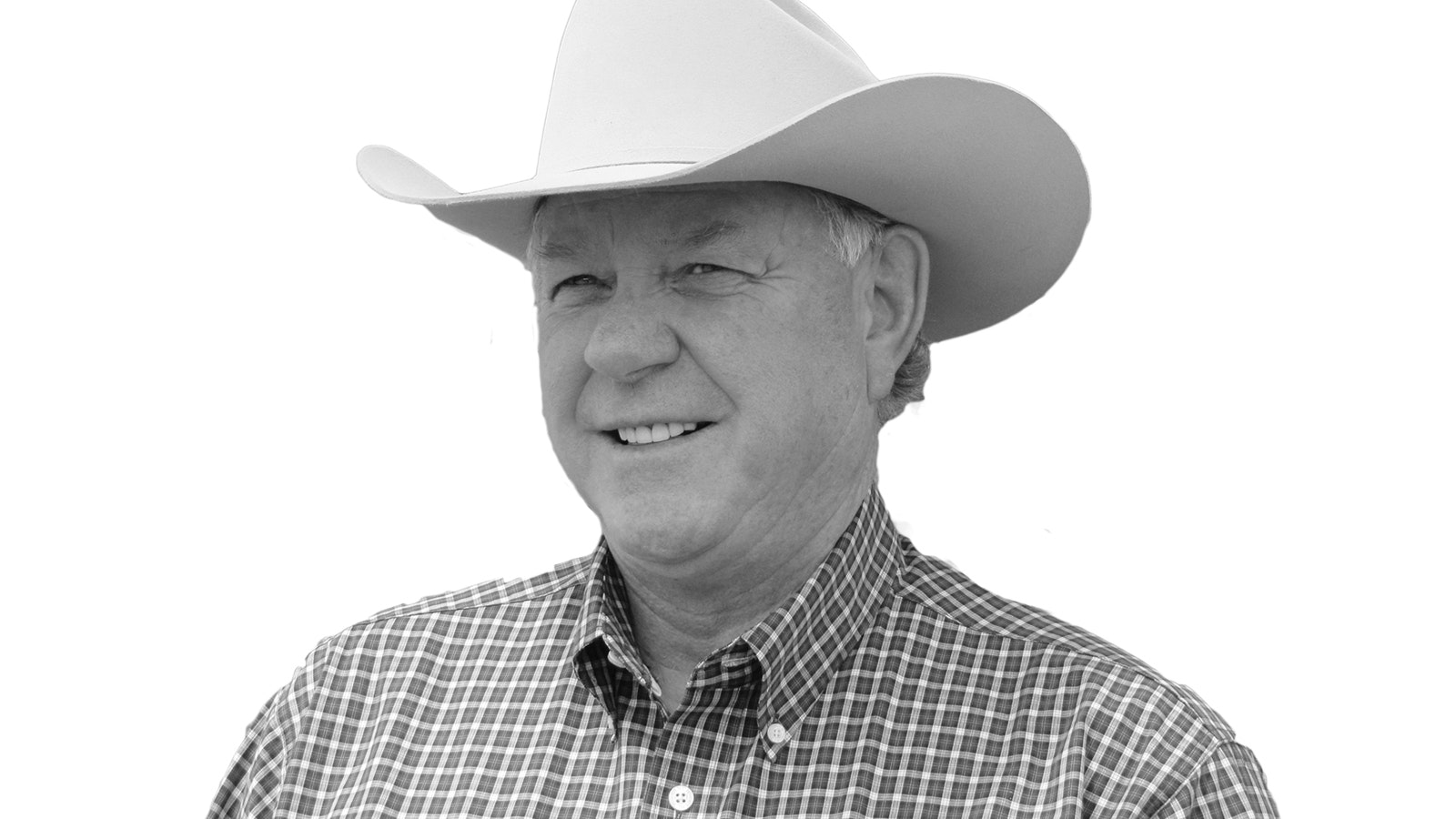Seventy-four years ago, on Jan. 2, 1949, a blizzard out of the northwest swept across the Northern Plains, catching people unaware. This would later be known as the Blizzard of 1949 and the worst winter of the century for eastern Wyoming, western South Dakota, northern Colorado and western Nebraska.
The first storm lasted until Jan. 5, 1949 and was one of many storms to hit the region.
Those who are still around and can remember the winter of 1949 have unbelievable stories of survival across the region. The National Weather Service reported 12 people perished in the first storm, and other states reported 28 more deaths.
I bring up the Blizzard of 1949, as it has been talked about during this hard winter of 2022-23.
As many people realize, this winter has been relentless, with horrific winds, frigid temperatures and large amounts of snow, which altogether, have left ice and hard-packed drifts for people, livestock and wildlife to deal with.
I was only two years old in 1949, so I don’t remember the winter. But, I sure remember the hard winters of the 1970s and 80s. They were a lot like this winter, except most of them started in late October or early November. It was typical to plow snow and feed livestock every day.
I don’t feel it is fair to compare the winter of 1949 to today’s winters, as most ranchers and farmers now have equipment to handle the snow, and counties and states have great snow removal equipment for roads.
This doesn’t mean hard winters are a cakewalk these days, but pictures of the Blizzard of 1949 show equipment was limited and didn’t have cabs to shelter the operator.
In 1949, the government used airplanes to bring in hay from Kansas and Colorado to feed livestock with, because it was the easiest way to get to them.
Nowadays, we have side-by-sides and ATVs with tracks and snowmobiles to gather livestock. Winter clothing is also high tech today with battery powered heating. And, we now have communications to town and to the ranch house.
As I understand, the winter of 1949 followed a drought – similar to this winter – which resulted in a shortage of hay. Maybe this is the reason for the saying, “It takes a hard winter to break a drought.”
If this is the case, we’ve broken it this winter, so far.
The winter of 1949 stopped a number of trains with the drifted snow. In those days, people traveled by train in the winter, and if the train was stranded in a small town, food supplies were short. In many cases, planes, along with the Red Cross, were called in.
By Jan. 26, 1950, President Truman declared a disaster area for the region and designated western Nebraska, South Dakota and Wyoming as special “distress areas.”
Every hard winter is different, and we can tell which areas in our state and surrounding states got hit the hardest, just by looking at the road closures. We thank the state of Wyoming for helping this year with a disaster declaration.
We’ll get through this winter as we have in the past. Our pockets will be emptier and the livestock thinner but, as always, we’ll remember this winter and have stories to tell our grandchildren.
Dennis Sun is the publisher of the Wyoming Livestock Roundup, a weekly agriculture newspaper. To view this week’s edition or subscribe, visit wylr.net or call 800-967-1647.





